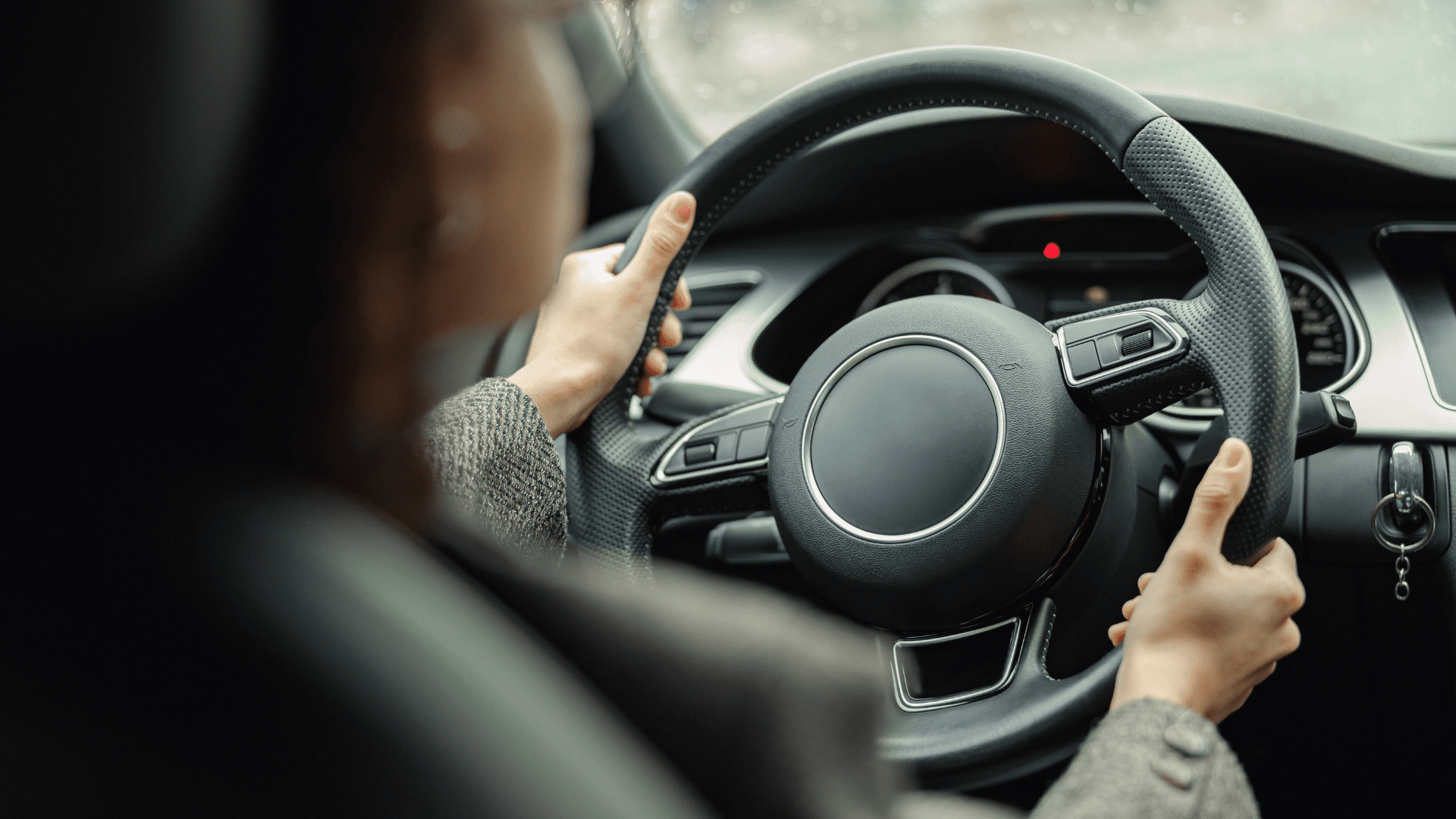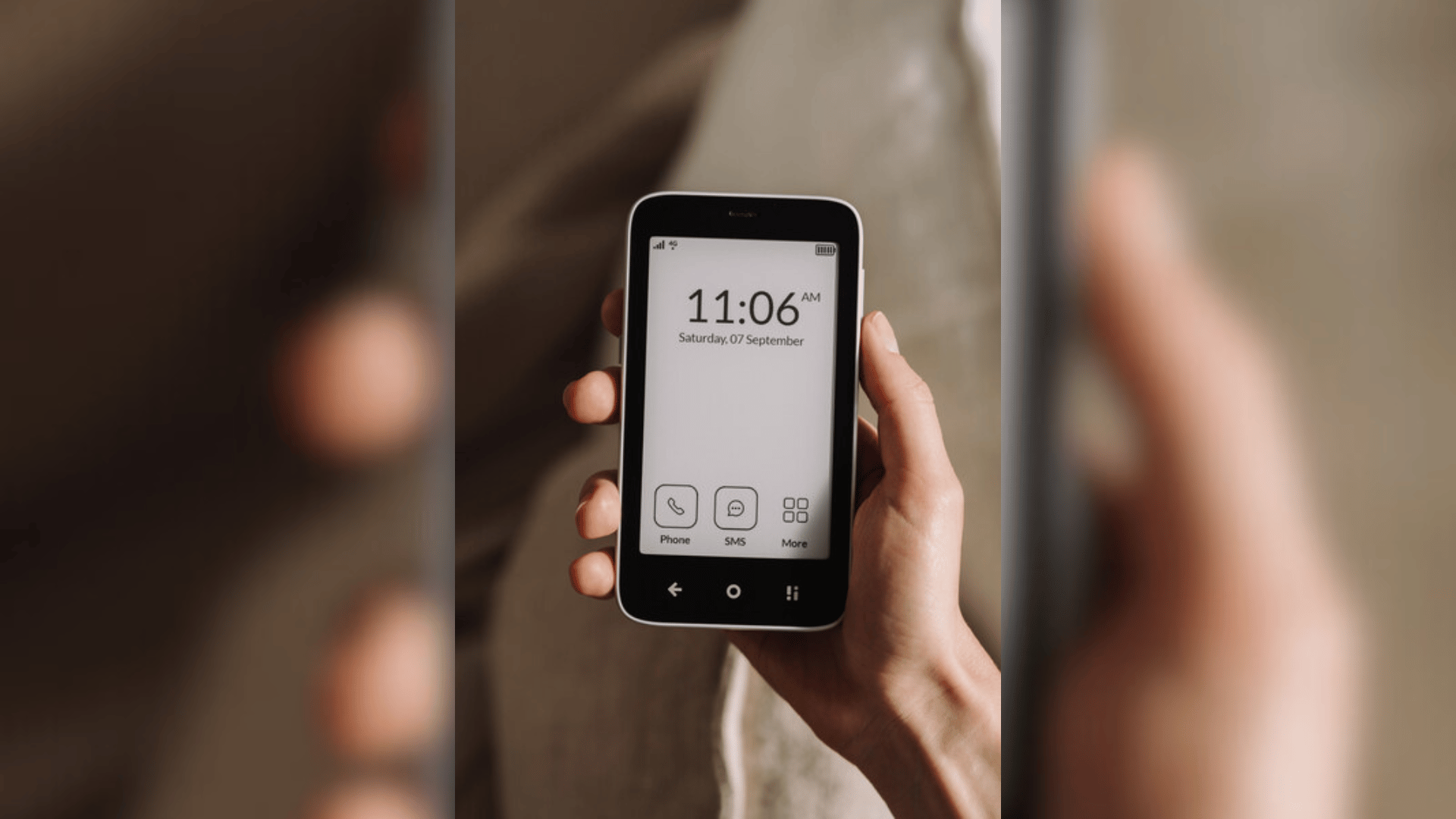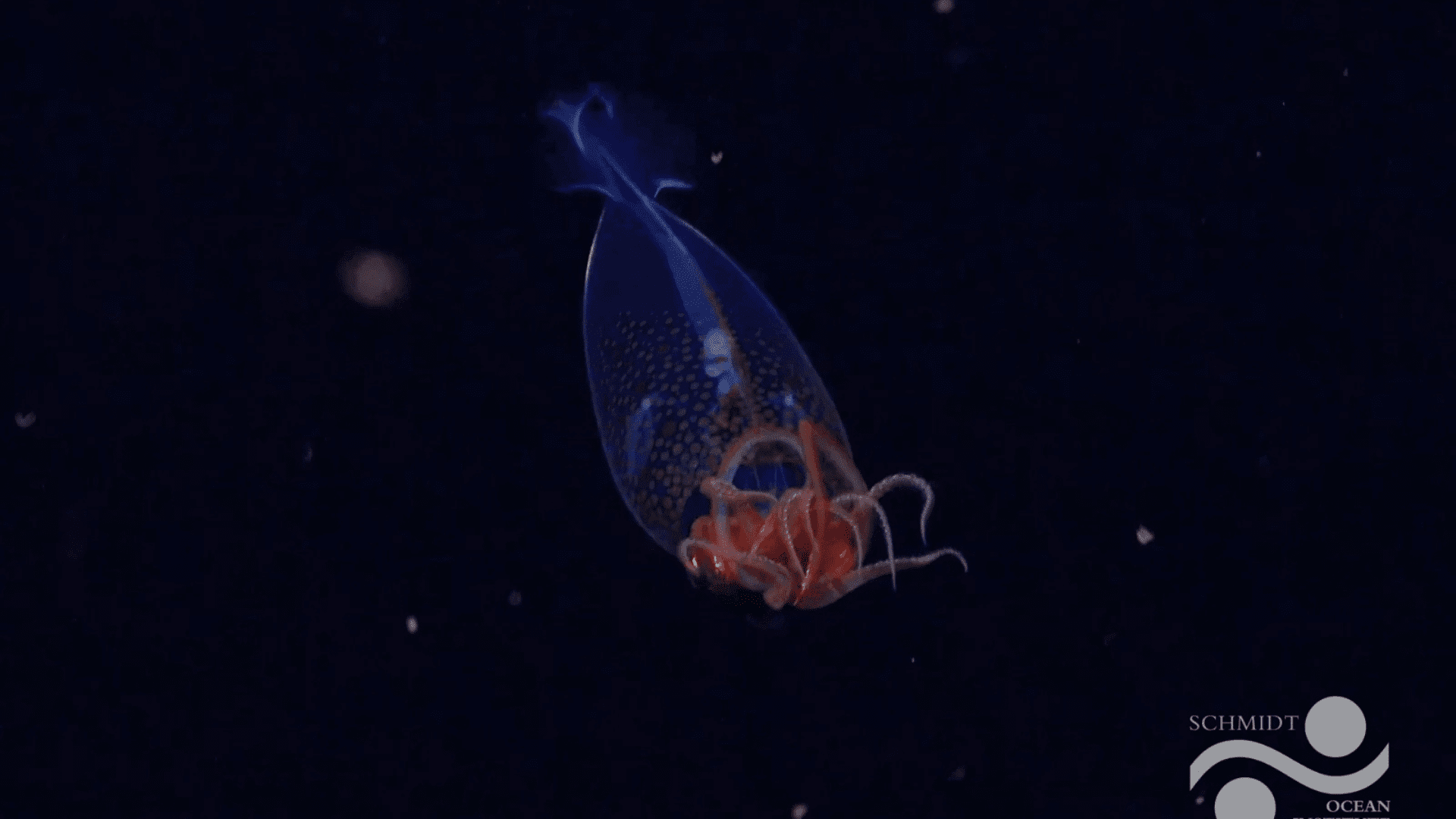A new facial tracking system spots drunk drivers before they can drive on the road. The system utilizes regular in-car cameras, which are often used as dash cams.
Detecting Impaired Drivers

Several setups, like mini-breathalyzers or pressure-sensing car seats, are already integrated into cars designed to detect intoxicated drivers. However, others track driving patterns, potentially allowing a driver to operate a vehicle while gathering data. Scientists from Australia’s Edith Cowan University set out to develop a system in response to these faults.
The researchers put the system to the test with 60 volunteers. During the study, each volunteer used a driving simulator while a video camera recorded their faces. The volunteers took successive turns driving at three intoxication levels: sober, low, and severe. After the test drives, a machine-learning-based algorithm tracked telltale visual characteristics at each level of intoxication. The system found that certain facial movements, gaze direction and head position, were relatively consistent indicators.
Explore Tomorrow's World from your inbox
Get the latest science, technology, and sustainability content delivered to your inbox.
I understand that by providing my email address, I agree to receive emails from Tomorrow's World Today. I understand that I may opt out of receiving such communications at any time.
Determining Each Level

When researchers tested the system on more drunk driving facial videos, it was 75% successful at determining what level of intoxication the person in the video was at. Researchers believe this number can improve as technology develops. However, it could mean training the algorithm on a larger data-set, among other things.
Additionally, the system could be integrated into a smartphone app that allows users to test themselves or people driving with them. Having this technology opens up more possibilities with the hope of saving lives in mind.
“This research confirms that it is possible to detect intoxication levels using just a simple camera,” said the lead scientist, Dr. Syed Zulqarnain Gilani. “The next step in our research is to define the image resolution needed to employ this algorithm.” While the tests used a camera similar to a dash cam, in reality the system would be used outside of the user’s vehicle.
Dr. Zulqarnain Gilani said, “If low-resolution videos are proven sufficient, this technology can be employed by surveillance cameras installed on roadside, and law enforcement agencies can use this to prevent drink driving.”







